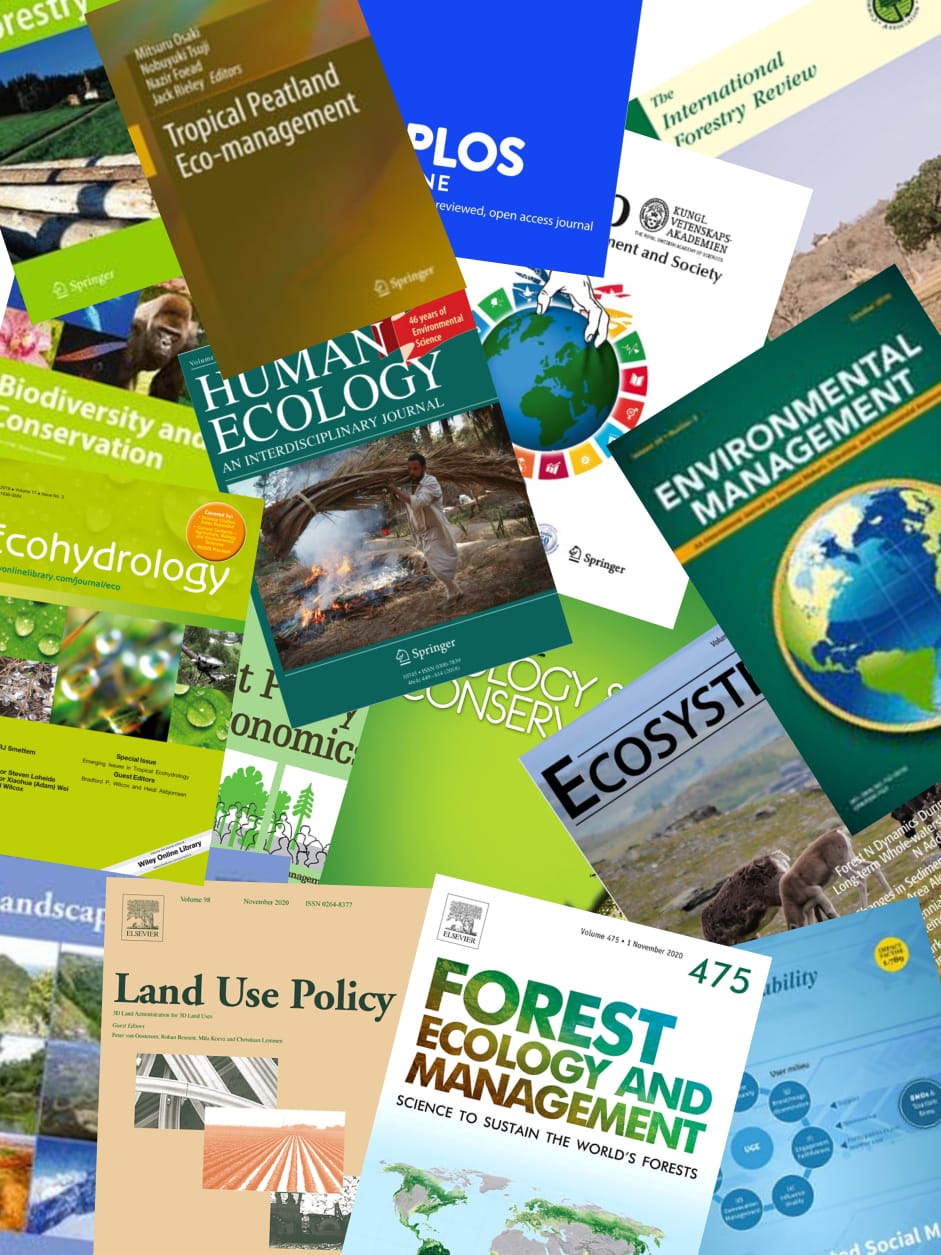In recent decades the countries of Southeast Asia have been affected by air pollution (commonly called haze) arising from the burning of vegetation by small holders, plantation owners and logging companies. This is done in order to clear or rejuvenate the land for cultivation and planting and can occur at particular times during the year, most noticeably in the periods March to May and August to October. The burning has resulted in widespread forest fires and has been particularly intense in years when the weather has been noticeably dry due to the effects of the El Nino phenomenon. By far the main source of forest fires caused by small holders and plantation owners has been Indonesia. The smoke from the forest fires has not only caused widespread air pollution in Indonesia itself but also in neighbouring countries, resulting in what is termed as transboundary air pollution. This has affected, amongst other things, public health, bio-diversity, tourism, air transport, and agricultural production. So serious have the effects been that the member states of the Association of Southeast Asian Nations (ASEAN) were prompted from 1990 to collaborate in tackling the problem and to embark upon a series of joint initiatives for that purpose. After discussing the extent of forest burning in Indonesia, its causes and effects, the article will examine and assess the initiatives mentioned above, culminating in the ASEAN Agreement on Transboundary Haze Pollution, which came into effect in November 2003. The paper will then examine a crucial impediment to the effective implementation of the initiatives: viz. the standards of governance and administration in Indonesia. In conclusion, the paper will consider the challenges to be overcome to enable the aims of the ASEAN initiatives to be realised, and also, by examining these initiatives, what conditions are necessary to ensure that international agreements affecting domestic policy and administration in signatory states, have a genuine impact and achieve their goals. © Springer-Verlag 2006.
View source

